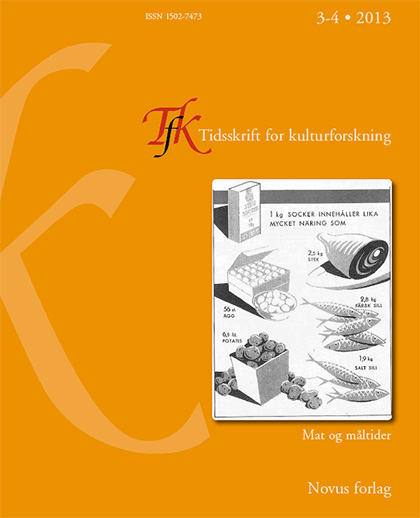Sammendrag
This article investigates the efforts to change the role of sugar in Swedish eating habits and consumer culture during the 1930s. During the interwar period, the supplies of sugar produced by the domestic beet sugar industry increased rapidly, in large part due to subsidized overproduction. The change and modernization of the popular diet towards that of a sweeter taste became part of governmental policy that attempted to control unemployment, as well as the agricultural crisis of the 1930s. An extensive propaganda machine was designed, with the goal to increasing the consumption of sugar by transforming the ideas and meanings associated with its properties and functions in contemporary food culture. Sugar should be perceived as a food staple for everyone, that is, an energy-dense and thus cost-effective foodstuff for a modern, comfortable and wealthy society. The article addresses the set of prevailing ideas surrounding the role and functions of sugar, that formed the basic preconditions in making sugar an everyday foodstuff in Swedish households.
Forfattere beholder opphavsretten og gir tidsskriftet rett til første publisering av arbeidet. En Creative Commons-lisens (CC BY-SA 4.0) gir samtidig andre rett til å dele arbeidet med henvisning til arbeidets forfatter og at det først ble publisert i dette tidsskriftet.

